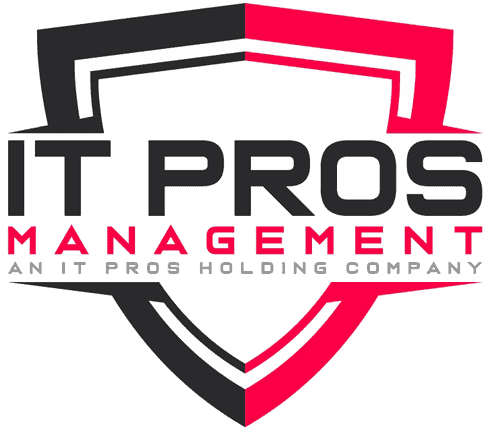Cyber Insurance and Compliance
 Introduction
Introduction
Before you purchase a cyber insurance policy for your organization, the insurance company will want to know what sort of risk it’s accepting by taking you on as a client. And, simply put, the more compliant you are, the less of a risk you pose.
So, before you even contact a cyber insurance carrier about getting coverage, you need to make sure your business has its ducks in a row on the compliance front.
What Is Compliance?
Compliance is a simple concept, even if it’s a complex reality. All it means is following rules. More specifically, it’s following rules that apply to your industry or business type.
The rules in question are numerous, and different businesses face different compliance requirements. But compliance requirements are all aimed at one thing: making sure businesses are handling customer data responsibly.
Following compliance regulations helps a company avoid cyberattacks in the same way that following traffic laws helps a driver avoid car accidents.
Bottom line: The more compliant your business is, the more comfortable a cyber insurance carrier will feel about giving you coverage, along with an affordable premium.
Do Your Homework
There are numerous compliance standards, including HIPAA, GDRP, PCI, FINRA, SOX, and CCPA. Being compliant as an organization means being compliant with the specific regulations that apply to your business. So, which ones are those?
It depends on your industry, the type of data your organization works with, the geographic location of your customers, and more. Navigating the various facets of compliance is tricky, and if you’re an SMB owner with limited time and resources, it can feel overwhelming.
But, as tempting as it can be to ignore compliance and just ‘hope for the best,’ don’t take that approach! Ignorance does not exempt you from the harsh penalties and fines that your business will face if it’s found to be non-compliant. And if you intentionally misrepresent the state of your cybersecurity on an insurance application, it could preclude you from getting coverage in the case of a breach.
Moreover, if you apply for cyber insurance, carriers won’t just want to know if your company is compliant; they’ll want to how compliant it is, and what processes and procedures are in place to ensure that it remains compliant.
So, do your homework and work with trusted IT experts so that you’ll be prepared to assure cyber insurance companies that your organization has a healthy culture of compliance.
Seek Help
Compliance is an ongoing project. Remaining compliant requires researching and staying up to date on current regulations, educating employees on relevant protocols, performing regular audits to identify and rectify any compliance issues, and more. Realistically, establishing and maintaining compliance at your organization is too large a task to take on by yourself. You’ll need help.
One possibility is hiring a data protection officer, whose role is to oversee operations to ensure compliance at all levels of your organization.
Also, working with a managed service provider (MSP) can be immensely helpful with compliance. A good MSP can help you invest in compliance in ways that allow your company not only to avoid hefty penalties, but operate more efficiently and securely.
Better Safe than Sorry
Investing in compliance takes time, energy, and resources. There’s just no way around that. However, when it comes to compliance, the familiar phrase — “better safe than sorry” — couldn’t be more apt.
So, don’t cut corners, because even a single violation — one small deviation from compliance regulations — can result in a cyber incident as well as a claim denial from your cyber insurance provider.
A good way to ensure top-to-bottom compliance at your organization is through documentation. When your processes and protocols surrounding data protection are in writing, it not only helps you remain compliant, but also, it enables you
to demonstrate your compliance if your organization comes under fire for a cyber incident.
Don’t Confuse Compliance with Cybersecurity
While it is true that compliance regulations are designed to enhance organizations’ data security, remaining compliant isn’t always enough to keep your business’s data safe. In other words, “full best practice” might require your company to do more than simply follow current compliance regulations. Remember, the Titanic had more than enough lifeboats to comply with the law, but not enough to save everyone on the ship. Don’t just follow compliance regulations to secure your data; do what the law requires of you AND whatever else is necessary to stay safe.
Summing Up
It can feel like compliance is nothing but a cost. But, if done right, spending money on compliance can save your business money in the long run by preventing cyberattacks, helping you avoid fines and penalties, protecting your customers’ data, and preserving your company’s reputation.
In fact, a recent report put out by the Ponemon Institute and Globalscape states that the cost of non-compliance is 2.71x higher than the cost associated with maintaining compliance.
PRO TIP – To help keep compliance costs down, you should audit, audit, and audit some more! Companies that audit regularly have been shown to have lower compliance
costs, and companies that audit five or more times a year have the lowest of all (Ponemon Institute & Globalscape).

 Introduction
Introduction